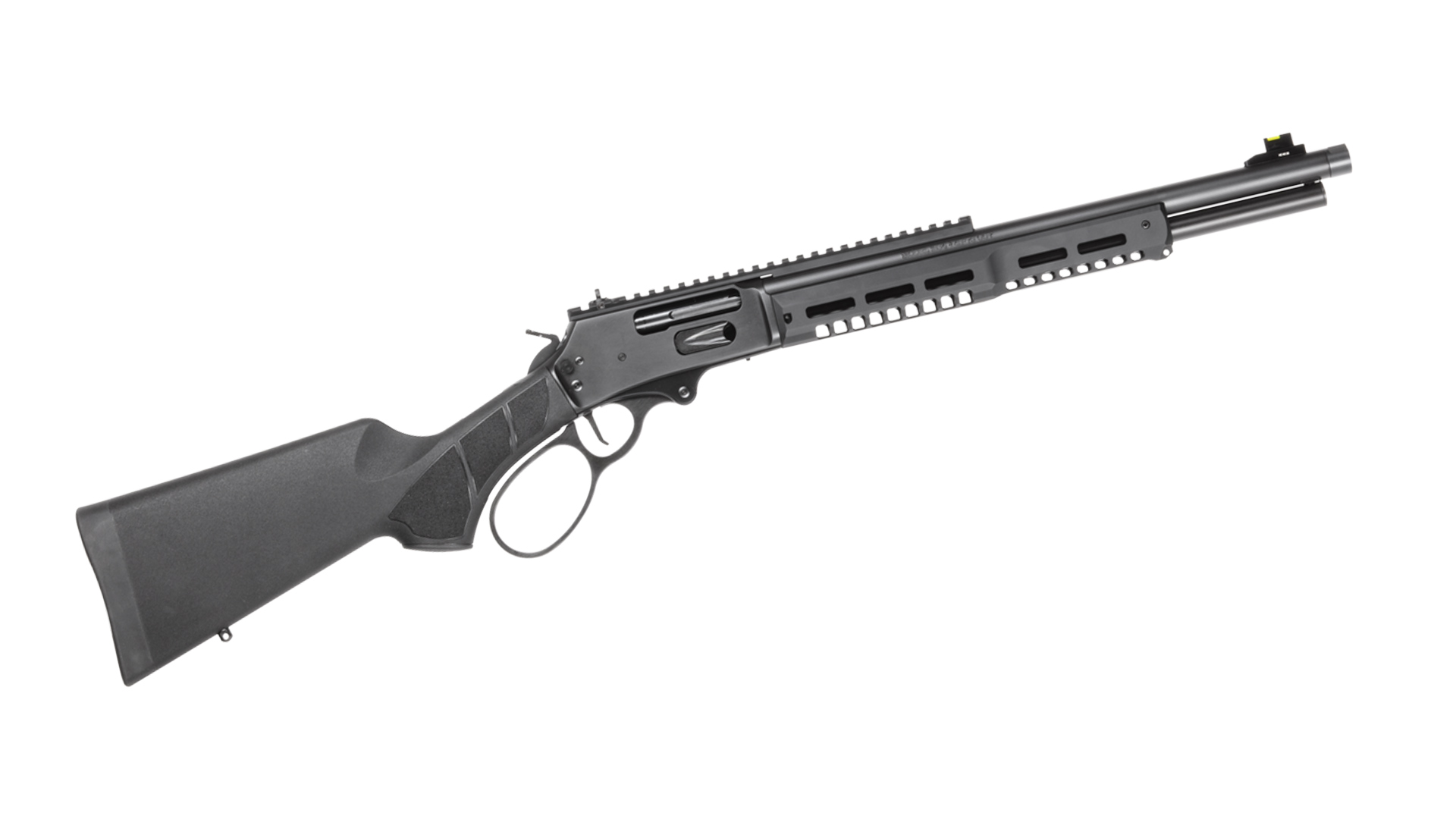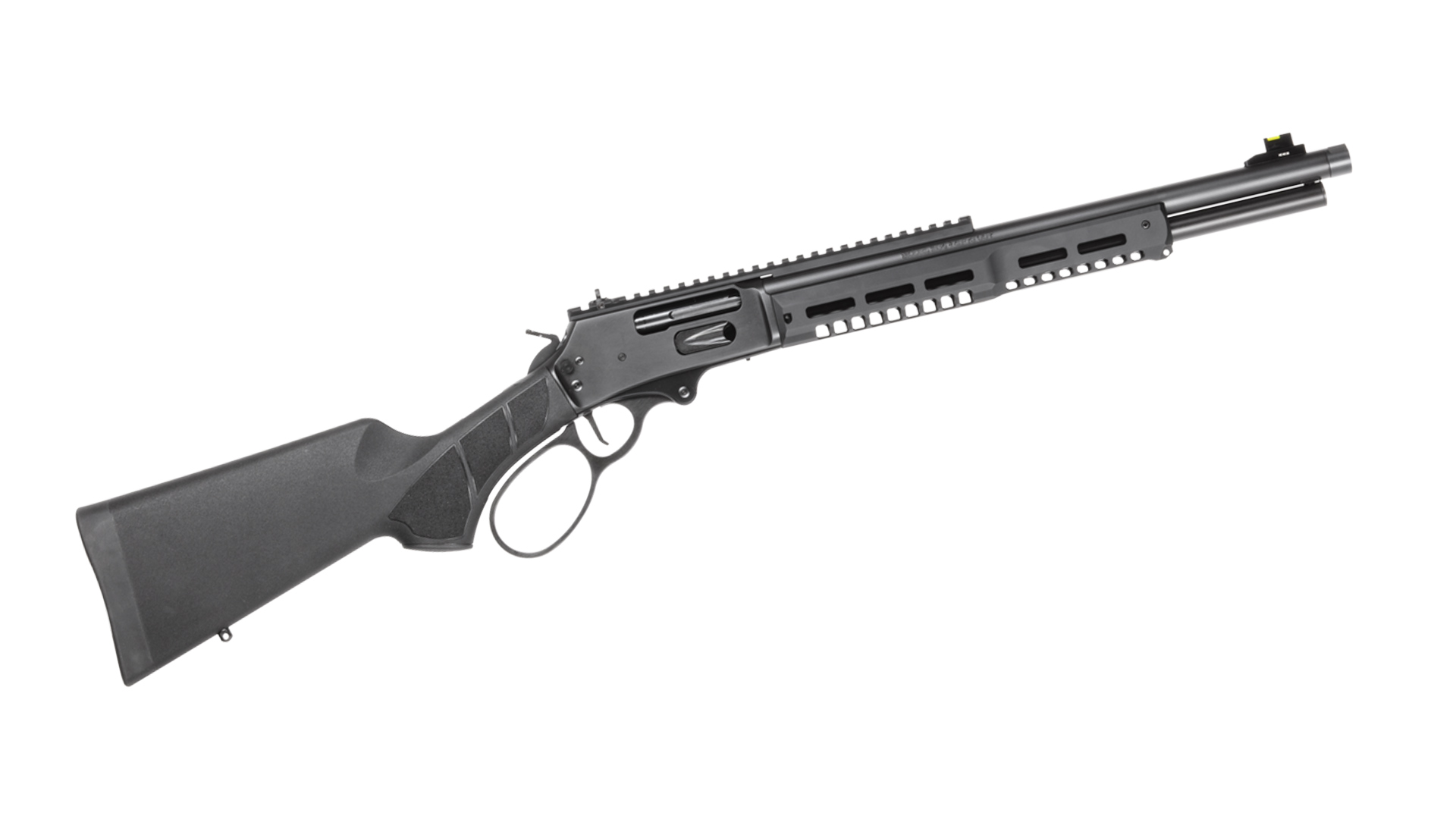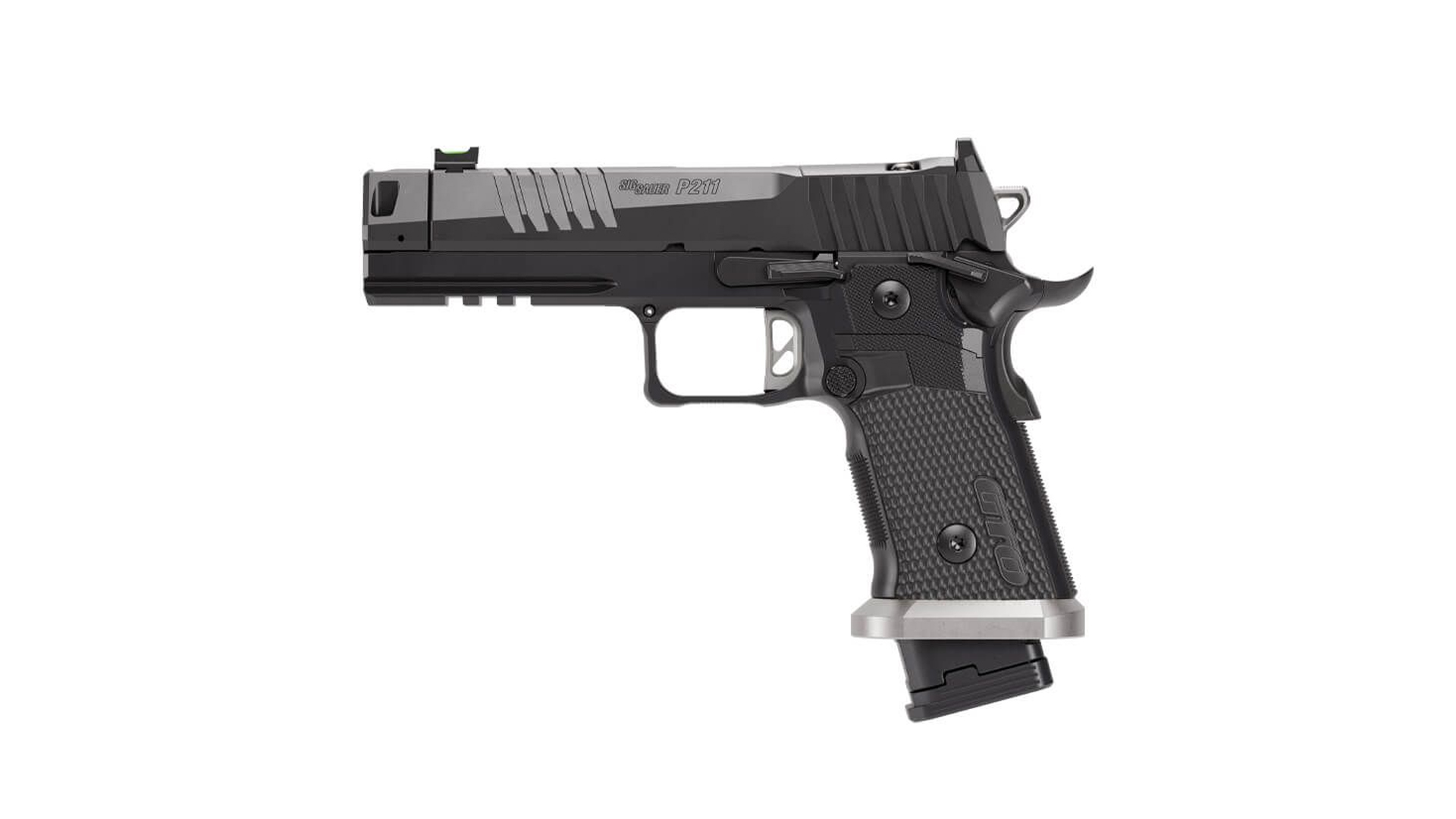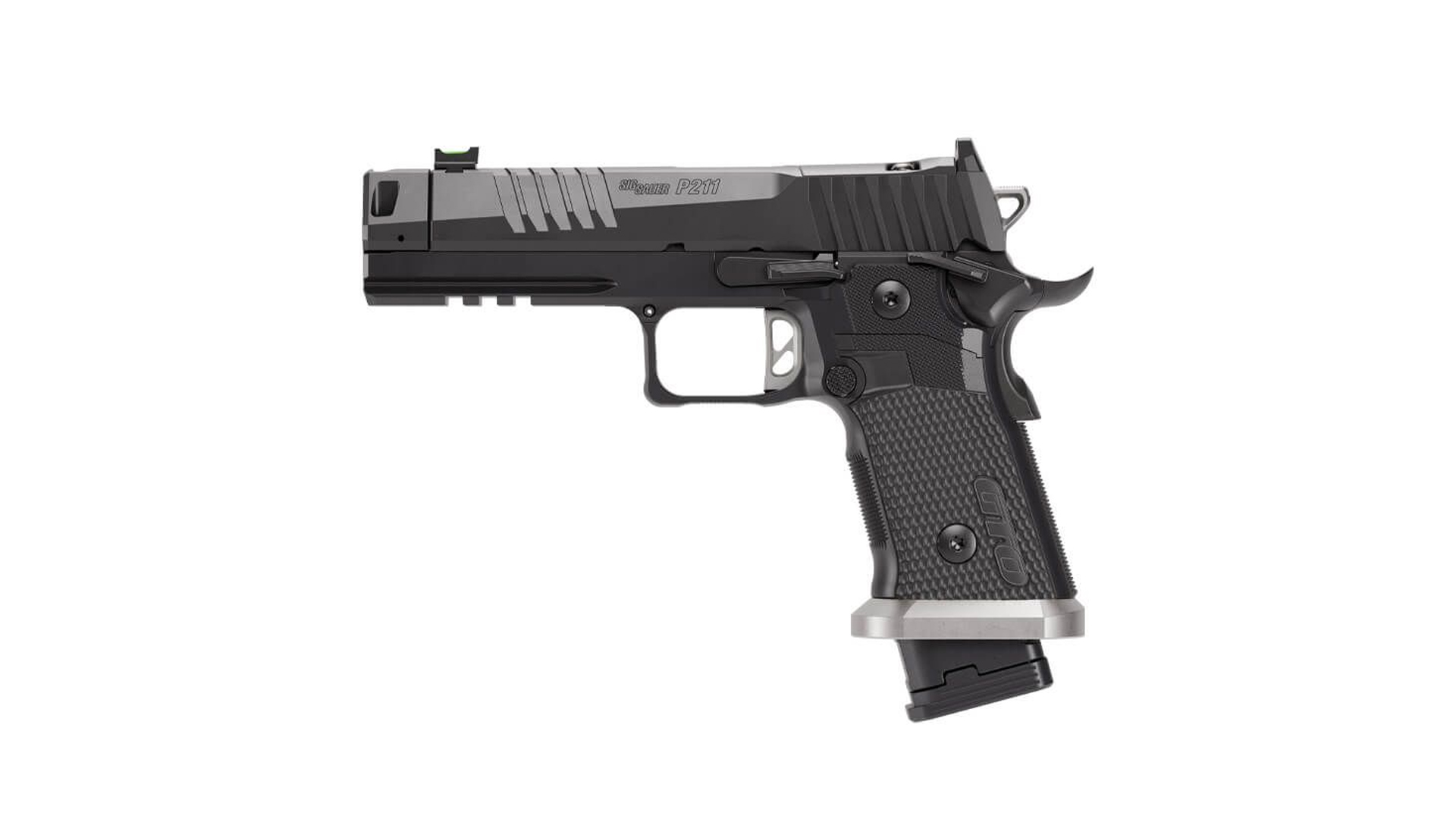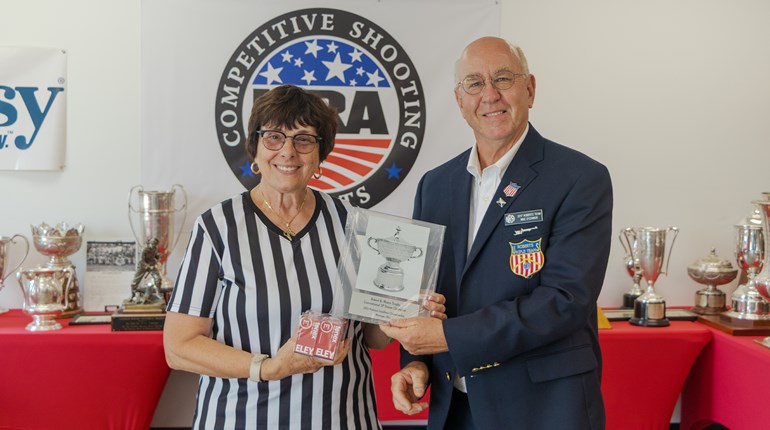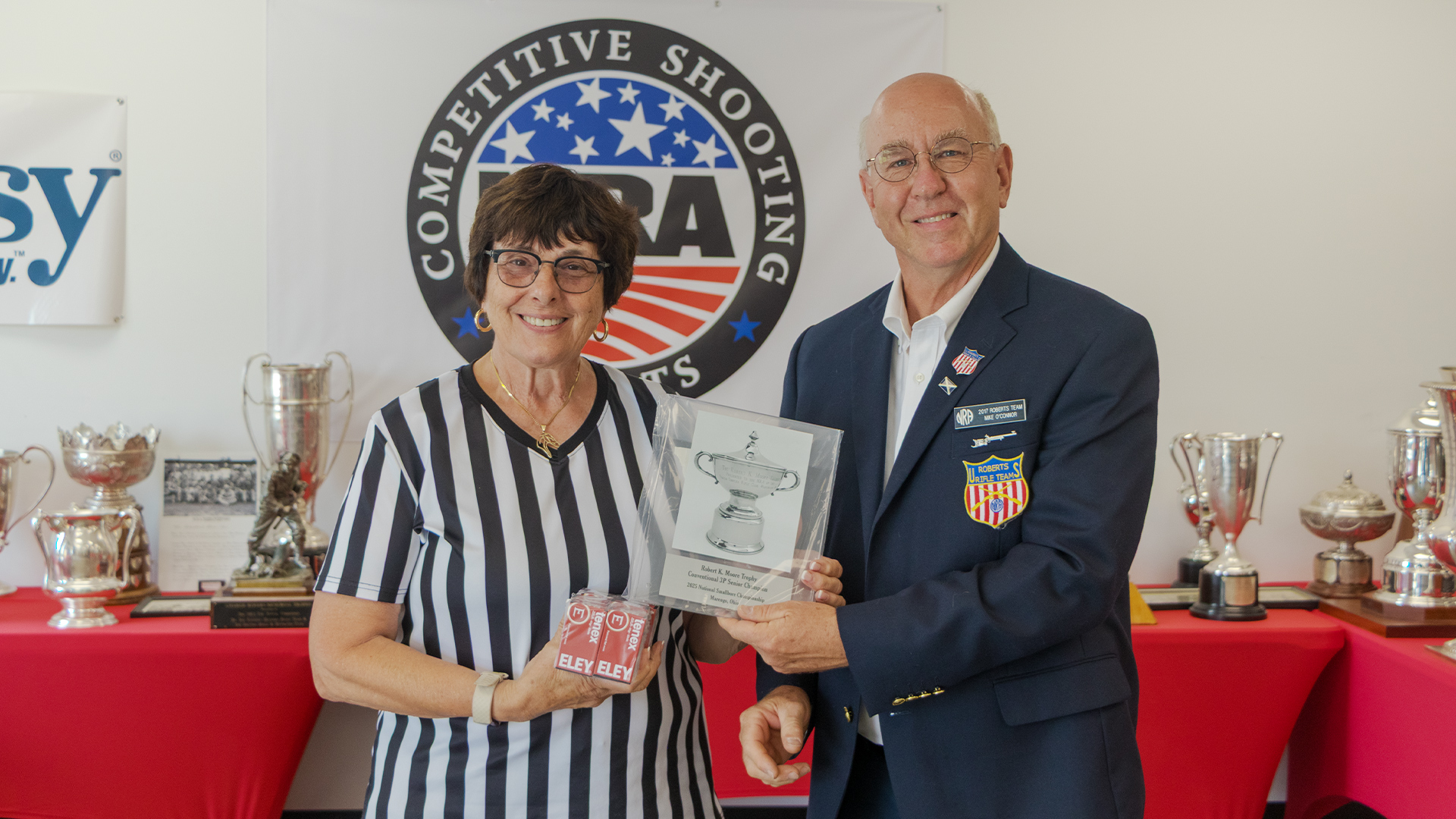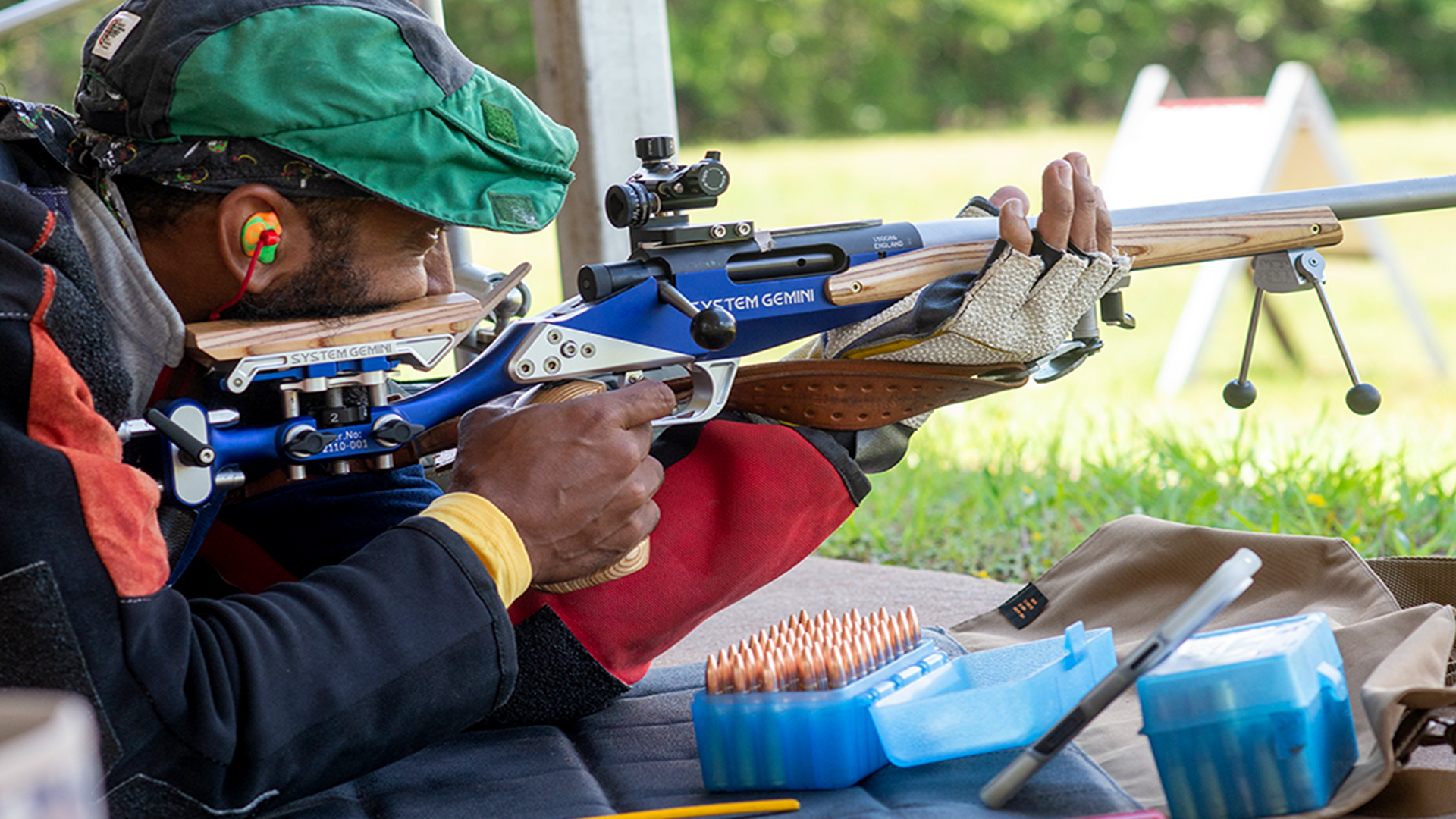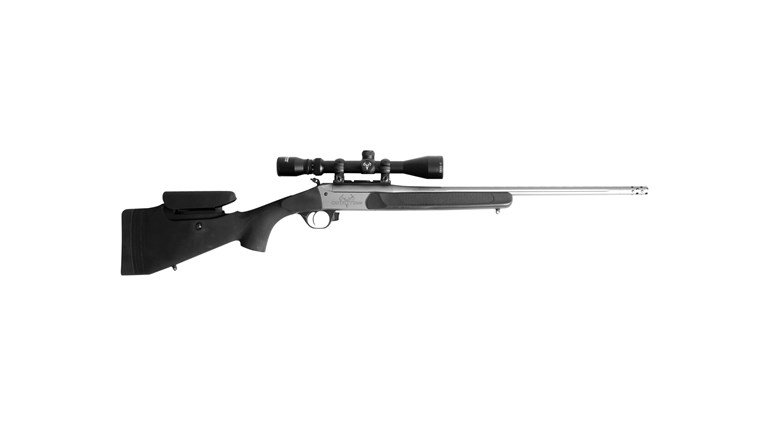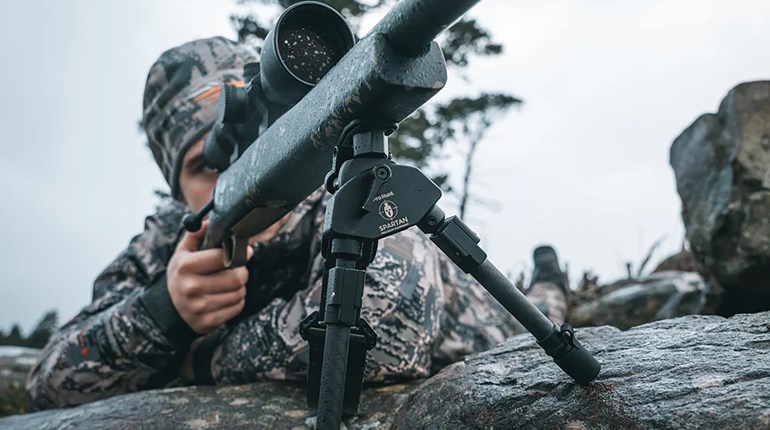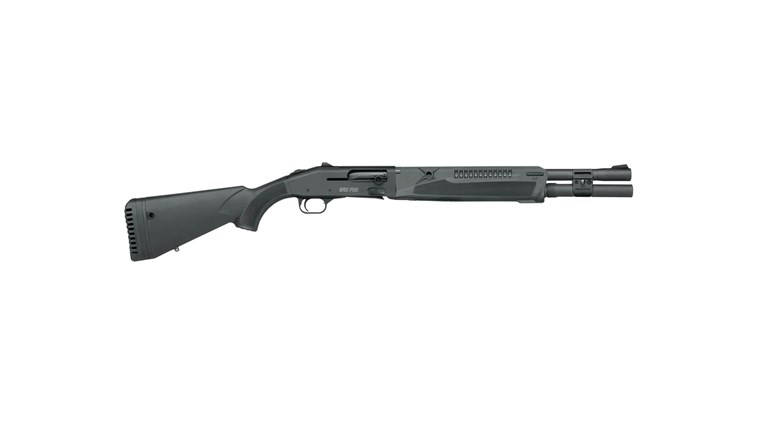
The first time I watched the History Channel’s Top Shot TV show, I was hooked. I’ve been a shooter all my life and I’ve enjoyed shooting and competing with a wide variety of firearms, from classic shotgun events to modern action shooting. I achieved success in some venues and mediocrity in others, but overall, I consider myself a pretty good all-around shooter. Top Shot was riveting and I made it a point to watch every episode, not my usual practice with TV shows.

The concept of Top Shot was to find out who was the best shooter with a wide variety of guns. I admit, it was a bit disappointing when they pulled out the tomahawks and slingshots. In spite of that, it was a great series. My wife, Cherie, watched every episode with me and as often happens, we developed favorites. Our favorites eventually made it to the final showdown and when Iain Harrison and Chris Cerino faced off for the title, we were happy.
A few months after the final episode of the first season, I was at the Green Valley Rifle and Pistol Range in Columbia, MO, for the Bianchi Cup. At the initial meet and greet session in the hotel lobby, Cherie, grabbed my arm. “Look, there are Iain and Chris from Top Shot,” she whispered. Next thing I knew, she was talking to them and our friendships began. Chris and I have been fast friends beginning with that day and last year when he suggested we shoot the NRA World Shooting Championship together, I was delighted.

While Top Shot was a great TV series, it didn’t really feature the greatest shooters in the world. In the original series, there wasn’t a single shooter in the group that would have garnered instant recognition in a household where guns are the primary topic of conversation. Mostly, they were regular guys from varied backgrounds who loved to shoot and were good at it. I doubt there are many competitive shooters who didn’t at some point contemplate trying out for the series. I know I did and I even downloaded and completed the questionnaire. After I saw just how physically challenging the second season was for guys 10 years younger than me, I dropped it in the trash can.
Where Top Shot failed, the NRA World Shooting Championship (WSC) shines. Picture the best shooters from different backgrounds on a level playing field, shooting the same guns, targets, and ammunition. The WSC rewards a broad level of experience and favors none, the level of physical exertion is realistic for a reasonably fit person and there’s no voting or politics. Imagine a three-day celebration of every kind of marksmanship in the mountains of West Virginia and you’ve imagined the NRA WSC.

The NRA WSC is an opportunity for the best shooters in different disciplines to compete across multiple shooting venues and it’s also for regular guys with a reasonable level of skill and a broad range of shooting experience. Some of the best shooters in the world really do come, but there are a lot of regular shooters there who want to test their mettle. There are no knife throwing or bow and arrow stages, and almost anyone can compete. Instead, there’s 300 shooters from different disciplines competing in twelve different stages from 3-Gun to Trap, using identical guns and ammunition. Imagine shooting with some of the world’s finest shooters and having the opportunity to best them in your area of expertise.
For my whole life, I’ve been driven to share the things I enjoy doing with others, even better if those others are people I care about. My grandson, Charlie, has a passion for shooting and the idea came to me that this would make a great experience for us to do together. With some wrangling of my daughter and son-in-law, I got a commitment to take him out of school in September for the NRA WSC.
Charlie is a capable shooter for his age of 15, but he’s certainly not championship material yet. He’s beaten me in carbine and pistol matches that involve being fast of foot and shot. He can hold his own on a sporting clays field, and he’s reasonably good with a rifle, though he hasn’t yet competed in precision rifle shooting. We have the summer to sharpen our skills and we hold no illusions of bumping Bruce Piatt or Lena Miculek from the podium, we’re shooting for the experience.

Our goal is to test our skills, meet some of the best shooters in the world, and spend three days together making a memory that will stay with him long after I’m gone. While we’re doing this for the experience, we’re taking it very seriously. During the summer vacation, we’ll be shooting events and matches that will sharpen our skills and we plan to cover as many disciplines as possible. Not only will we be working on the marksmanship side of the event, we’ll also work on gear manipulation skills.
Tips for Success
If you plan to shoot the WSC you’ll want to focus on your weaknesses more than your areas of expertise. Last year my squad included some really good shooters, four shooters in my squad made the top ten in the event, and almost everyone had trouble with the Cowboy Action stage. Most modern shooters have a lot of experience with semi-auto pistols, rifles and shotguns; as well as double action revolvers and break action and pump shotguns. Most have limited time with single action revolvers and lever action rifles. Short stroking a lever gun generates a small time penalty, but short stroking a single action revolver means you have to cycle the cylinder all the way around again and this tripped up some really proficient shooters. Spend some time with cowboy guns.

Another area that might be problematic for some shooters is dealing with subtension reticles in the longer range rifle stages. The instructions for the stage inform the shooter of the proper hold overs, but if your experience is to click up to the proper elevation, as conventional High Power shooters normally do, you might need work on finding the right hashmark under pressure.

Expect to deal with shotgun dimensions that aren’t ideal. Shotgun fit is something most take for granted, but last year, the gun we used for the five stand had a very high comb and only fit one shooter in our squad. Charlie and I plan to shoot clays with guns that are a less than a desirable fit in order to better adapt to what’s furnished at the station.

Stages of the NRA WSC will involve Smallbore. I have no idea if it will involve prone, kneeling or standing, but I’d advise practicing all three—as well as manipulation of a sling. Precision Rifle stages will likely involve some awkward positions so we’ll be working on that as well. The Silhouette Rifle stage will require serious offhand accuracy with a scoped rifle. The Precision Rifle stage will require fast bolt manipulation, awkward shooting positions, and finding the right holdover for the different ranges. Familiarity with the AR platform is of paramount importance because ARs are used in three of the stages and reflex sights are involved with both pistol and rifle.

The Action Shooting stages are simple and no holsters were involved, but loading under time pressure is definitely something to work on. Movement during the stages is limited, but it’s certainly a factor. Plan to move fast during action stages. If you’ve never shot with iron sights in Conventional (also known as Bullseye or Precision) Pistol with one hand, you’ll certainly need to work on that. In my squad it was a problem for some really good shooters.
The NRA World Shooting Championship is a challenge that spans almost every segment of shooting. To do well, you’ll need a broad range of skills, both in shooting and gear manipulation. It’s the match we dreamed of when we were watching Top Shot and your chance to test your mettle against the best of the best.

